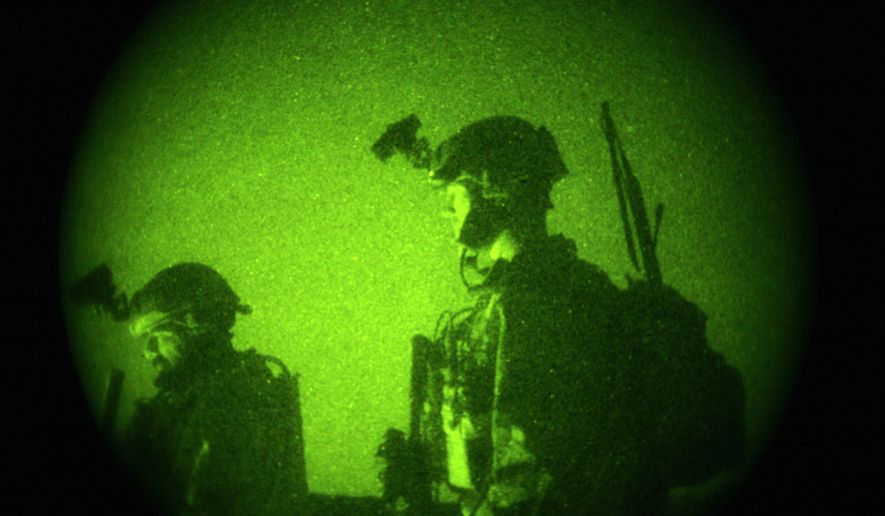The Pentagon will attempt to create a device that can essentially make the unseen suddenly seen — in three dimensions.
Defense Advanced Research Projects Agency (DARPA) has started a project aimed at capturing information carried by light waves that traditional cameras can’t detect, which would allow troops to create a 3-D image of what can’t be seen from a single vantage point.
“DARPA’s Revolutionary Enhancement of Visibility by Exploiting Active Light-fields (REVEAL) program seeks to unlock information in photons that current imaging systems discard. The REVEAL program aims to develop a comprehensive theoretical framework to enable maximum information extraction from complex scenes by using all the photon pathways of captured light and leveraging light’s multiple degrees of freedom. The goal is for this framework to guide the development of new imaging hardware and software technologies,” the agency announced on its website May 22.
Predrag Milojkovic, program manager in DARPA’s Defense Sciences Office, attempted to break down the complexity of the subject.
“In effect, we want to use mathematical methods to coax from photons a little more of a story about where they’ve been and what they’ve seen,” Mr. Milojkovic said.
The researcher explained the technology by creating a hypothetical situation whereby soldiers come across an enemy crouching behind a car. If the enemy’s backdrop is a brick wall, then such a device would allow troops to harness information from photons bouncing off that brick wall to figure out what unseen weapons he might have at his disposal.
Another application of the technology would be the ability to glean information on possible radioactive materials from a safe distance.
“Ultimately, collecting all pertinent information about a scene could enable computational generation of arbitrarily located virtual viewpoints and effectively allow ’flying through the scene’ without changing one’s physical location,” Mr. Milojkovic said.
DARPA’s program will take place in two 24-month phases. The agency said the first phase will focus on laboratory experimentation to gauge the validity of the concept, and the second phase would involve testing and evaluating the technology “under realistic illumination conditions.”
• Douglas Ernst can be reached at dernst@washingtontimes.com.




Please read our comment policy before commenting.